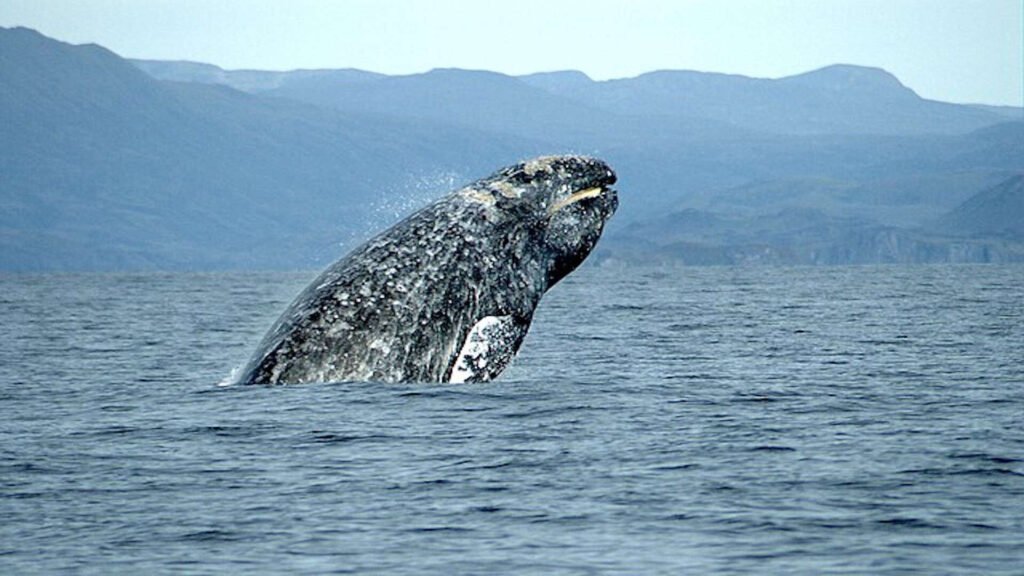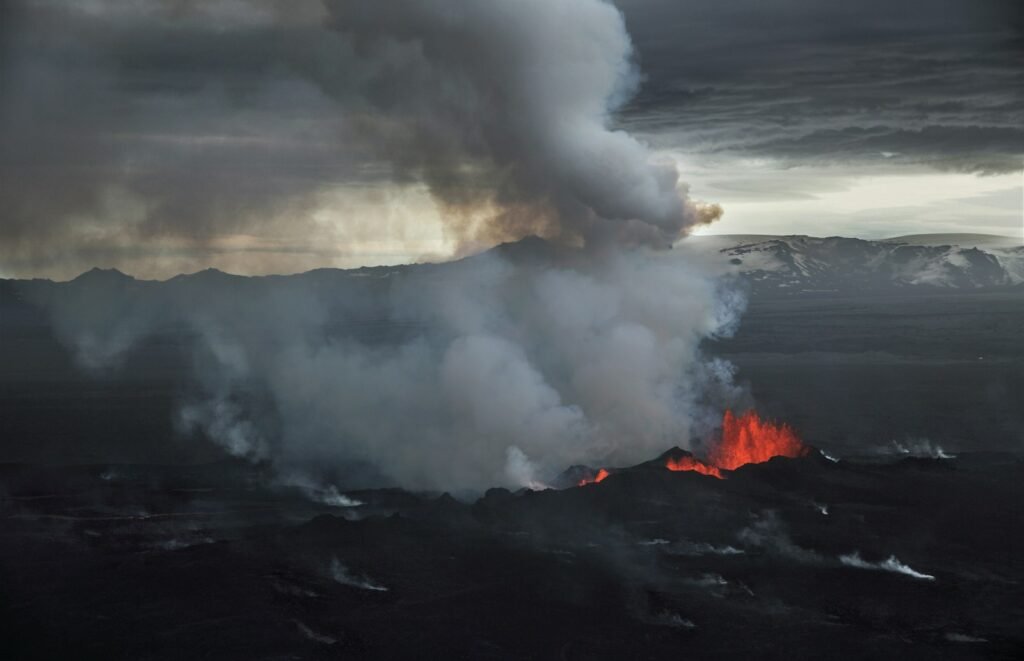The ocean is a vast and mysterious world, teeming with life and wonder. Among its most majestic inhabitants is the humpback whale, a giant of the sea that once faced the brink of oblivion. Imagine a world where the haunting songs of these gentle giants were silenced forever. It’s a chilling thought, isn’t it? Yet, through a remarkable journey of resilience and conservation, the humpback whale has made an awe-inspiring comeback. This is a tale of survival, a testament to nature’s tenacity, and a beacon of hope for endangered species everywhere.
The Plight of the Humpback Whale
In the early 20th century, humpback whales were hunted to near extinction. Their blubber was prized for oil, and their meat was considered a delicacy. With industrial whaling at its peak, the humpback population plummeted dramatically. It was a dark time for these creatures, as they faced relentless pursuit across the oceans. Imagine being chased in your own home, with no place to hide. That was the grim reality for the humpback whales. By the mid-1960s, their numbers had dwindled to a mere fraction of their original population, raising alarms among conservationists worldwide.
Understanding the Humpback Whale
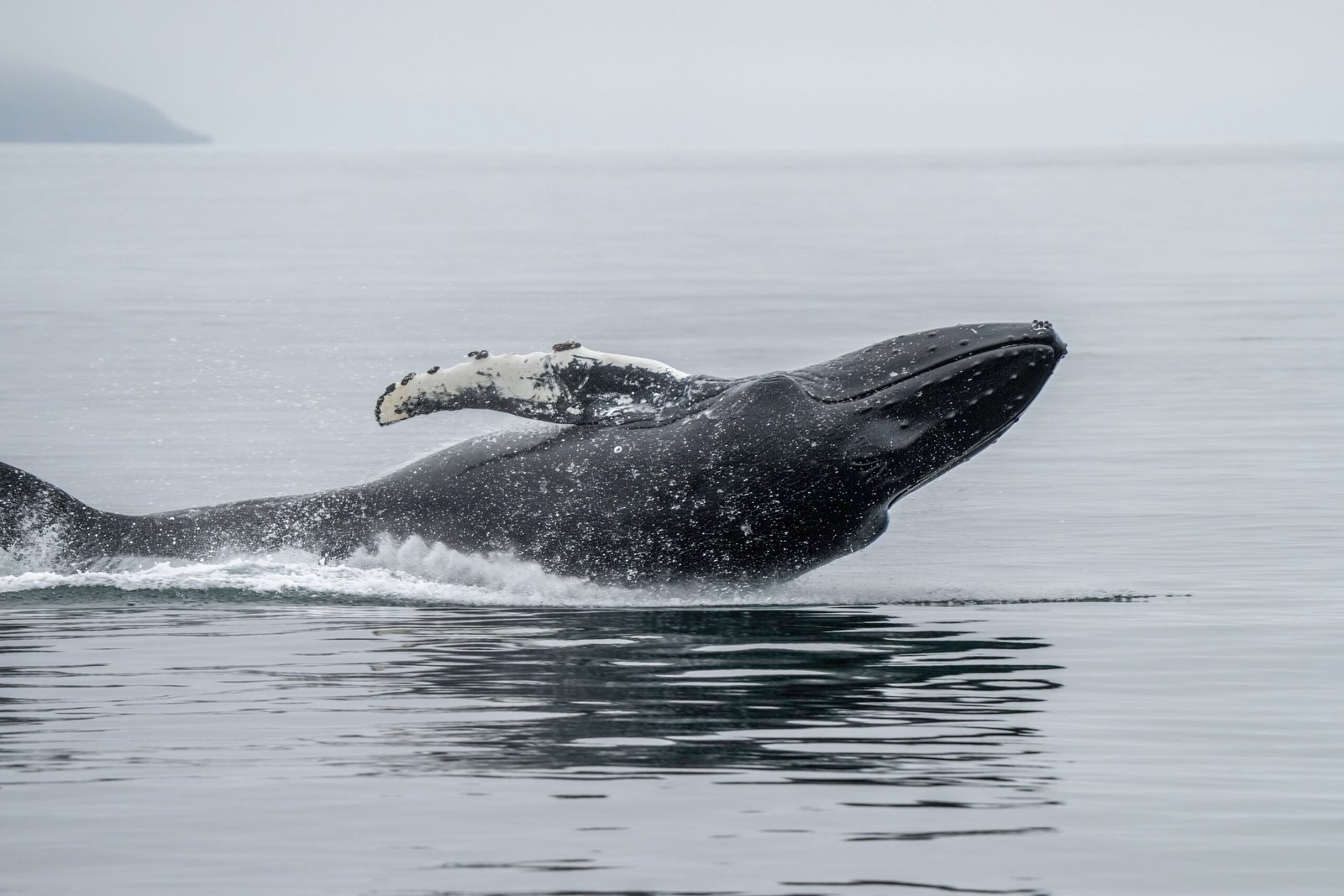
Humpback whales are known for their acrobatic displays and complex songs. These marine mammals can weigh up to 40 tons and measure up to 60 feet in length. Despite their size, they are incredibly agile, often breaching the water in spectacular fashion. Their songs, which can last for hours, are thought to play a role in communication and mating. These vocalizations are unique to each population, akin to regional dialects in human languages. It’s fascinating to think that each group of humpbacks has its own ‘accent,’ a testament to the rich diversity of life beneath the waves.
The Turning Point: Protection and Conservation
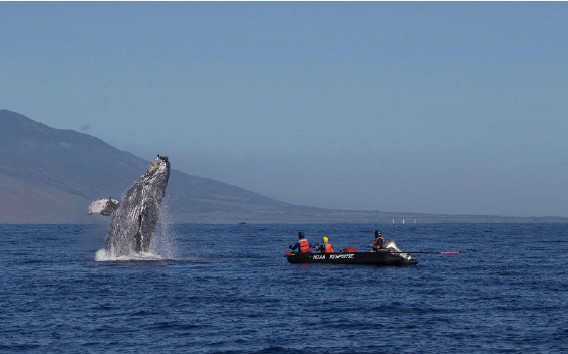
The turning point for the humpback whale came with the international ban on commercial whaling in 1986. This decision was a lifeline, allowing humpbacks the chance to recover. Conservation efforts were further bolstered by the establishment of marine protected areas and stricter regulations on shipping and fishing activities. It’s like giving a dying garden the water and care it needs to bloom again. These protective measures, coupled with increased public awareness, set the stage for one of the most successful conservation stories in history.
A Beacon of Hope: Population Recovery
Today, the humpback whale population is thriving. From the icy waters of the Antarctic to the warm seas of Hawaii, these majestic creatures are making a remarkable comeback. Scientists estimate that there are now over 80,000 humpbacks worldwide, a significant increase from their lowest numbers. This resurgence is a beacon of hope, demonstrating that with concerted effort and dedication, we can reverse the damage done to our planet’s ecosystems. It’s a reminder that nature, when given a chance, can heal and flourish.
The Role of Citizen Science
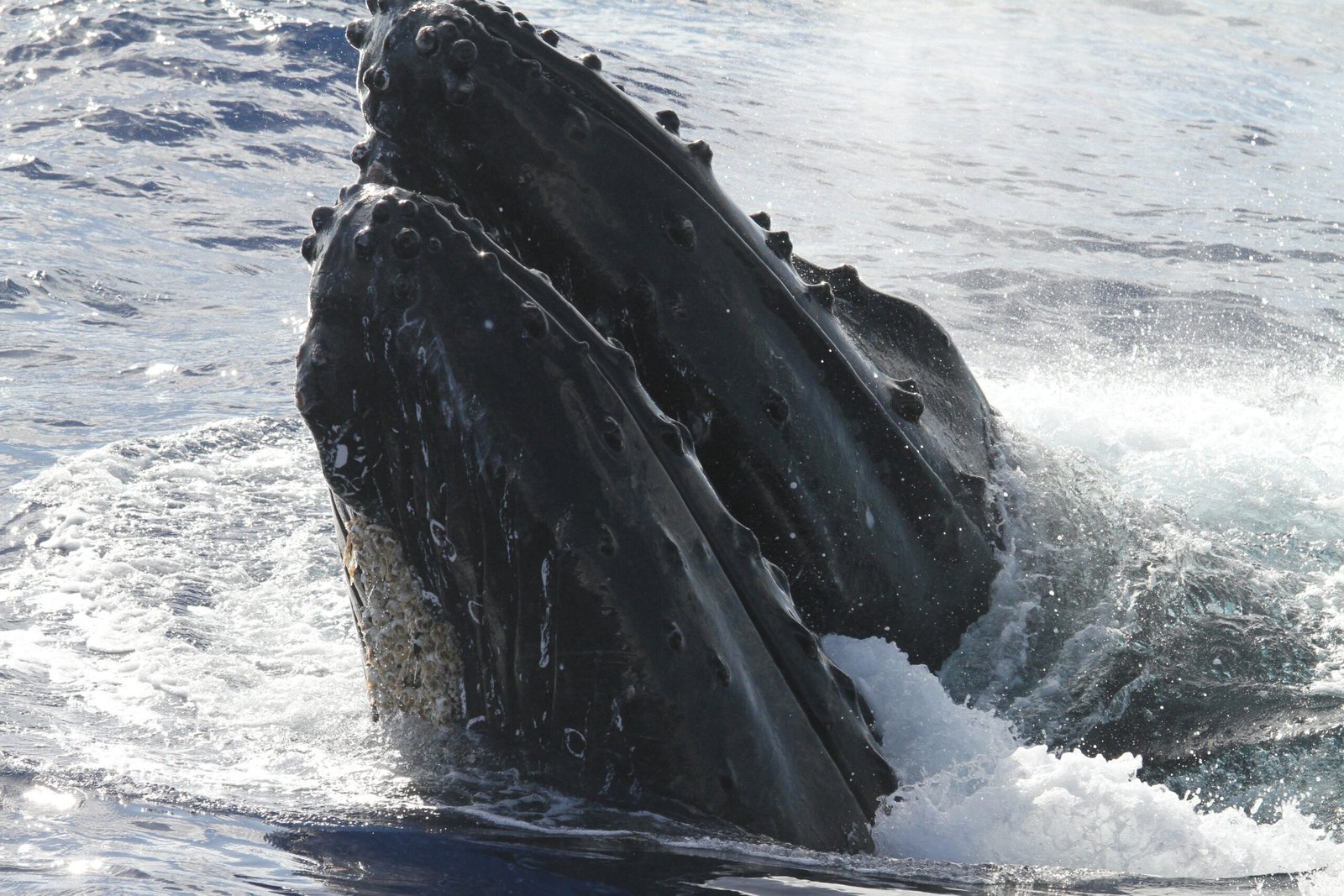
Citizen science has played a pivotal role in the conservation of humpback whales. Enthusiastic volunteers and researchers have collaborated to collect data on whale sightings, behavior, and migration patterns. This grassroots effort has provided invaluable insights into the lives of these creatures, helping to inform conservation strategies. It’s like piecing together a giant puzzle, where each sighting and observation adds another piece to the picture. This collective effort has not only aided in the recovery of humpbacks but has also fostered a deeper connection between people and the natural world.
The Importance of Marine Sanctuaries
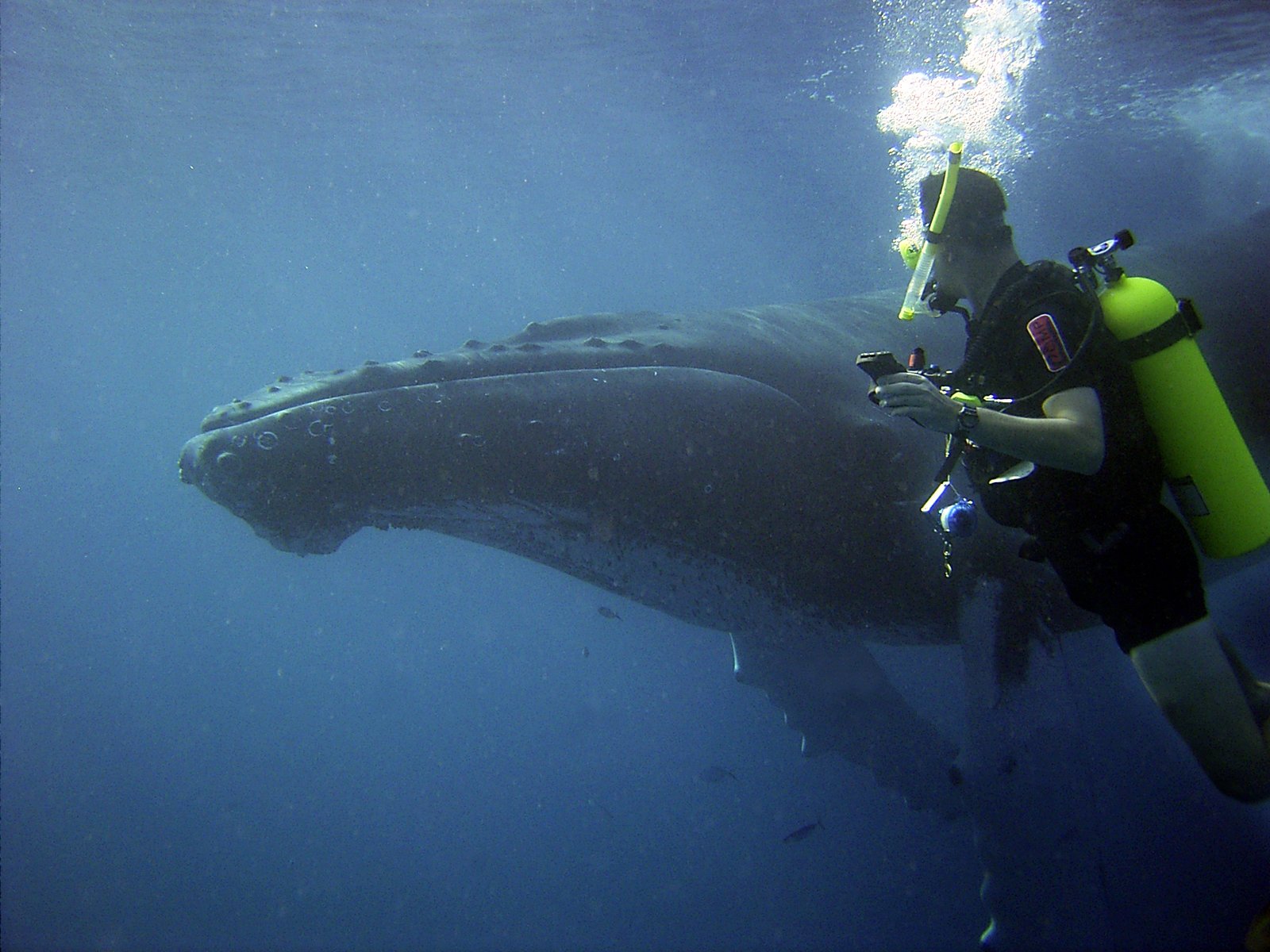
Marine sanctuaries have been crucial in providing safe havens for humpback whales. These protected areas offer a refuge from threats such as ship strikes, fishing gear entanglement, and pollution. It’s akin to creating a sanctuary for endangered animals on land, where they can live and thrive without fear. The establishment of sanctuaries has allowed humpbacks to feed, breed, and raise their young in relative safety, contributing significantly to their recovery. These efforts highlight the importance of protecting critical habitats for the survival of endangered species.
The Threats That Remain
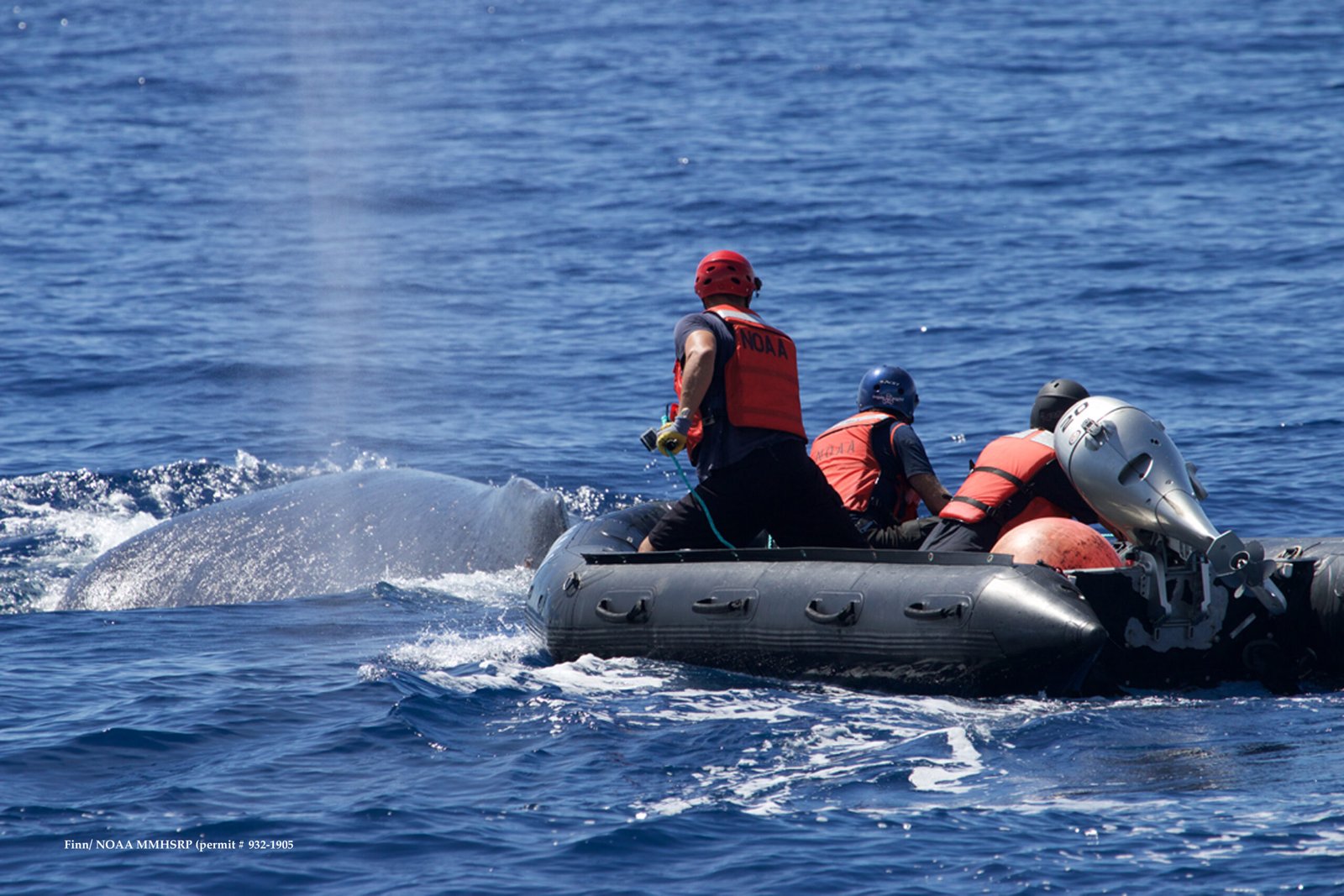
Despite their recovery, humpback whales still face numerous threats. Climate change, pollution, and entanglement in fishing gear continue to pose significant risks. Rising ocean temperatures can disrupt their food supply, while plastic pollution can lead to ingestion and entanglement. It’s a stark reminder that the battle for their survival is not over. Continued vigilance and action are needed to ensure that humpbacks, and other marine species, can thrive in the years to come. It’s a call to action for us all to protect our oceans and the life within them.
Lessons Learned from the Humpback’s Recovery
The recovery of the humpback whale offers valuable lessons for conservation efforts worldwide. It underscores the importance of international cooperation, robust legislation, and community involvement. It’s like a playbook for saving endangered species, showing us what can be achieved when we work together. The success of humpback conservation serves as an inspiration, reminding us that positive change is possible even in the face of daunting challenges. It’s a testament to the power of human determination and the resilience of nature.
Celebrating the Humpback Whale
The humpback whale’s journey from the brink of extinction to thriving populations is a cause for celebration. Their story is one of hope, resilience, and the incredible power of nature to heal. It’s a reminder of the beauty and wonder of the natural world, and the responsibility we have to protect it. Their haunting songs and breathtaking acrobatics continue to captivate and inspire people around the globe. As we celebrate their recovery, let us also renew our commitment to safeguarding the oceans and all its inhabitants.
The Future of Humpback Whales
Looking ahead, the future of humpback whales remains bright but uncertain. Continued conservation efforts, research, and public awareness are essential to ensure their long-term survival. It’s a journey that requires ongoing dedication and vigilance. As stewards of this planet, we have the power to shape the future of these magnificent creatures. Let us strive to create a world where humpbacks, and all wildlife, can thrive in harmony with humanity. After all, isn’t a world enriched by the songs of the sea a world worth preserving?

